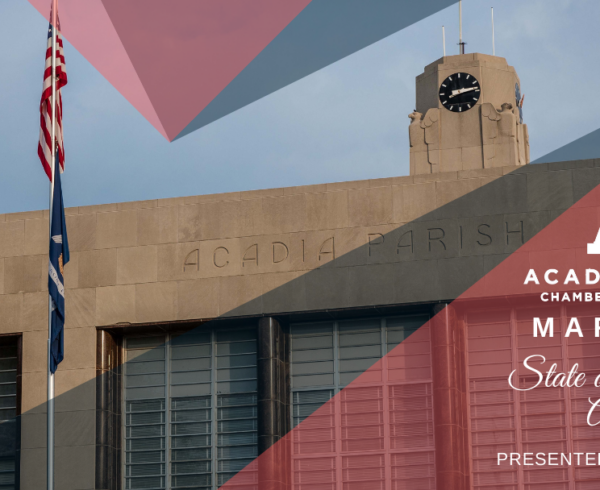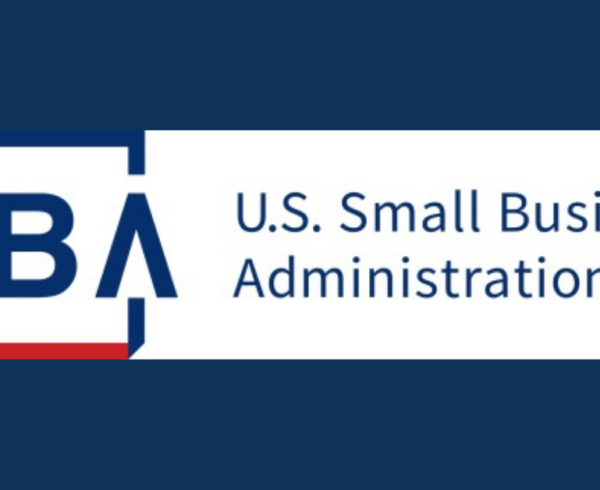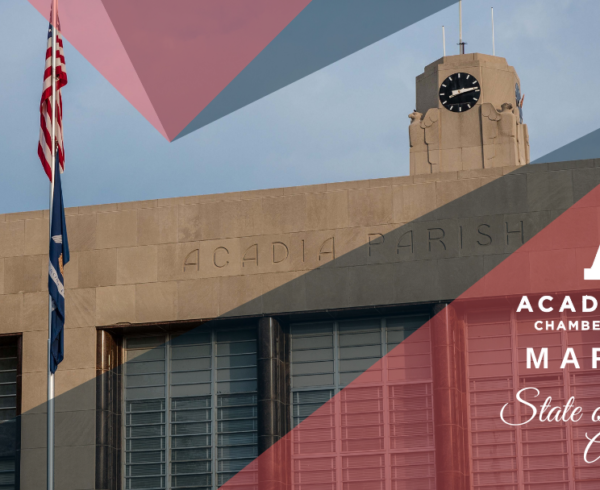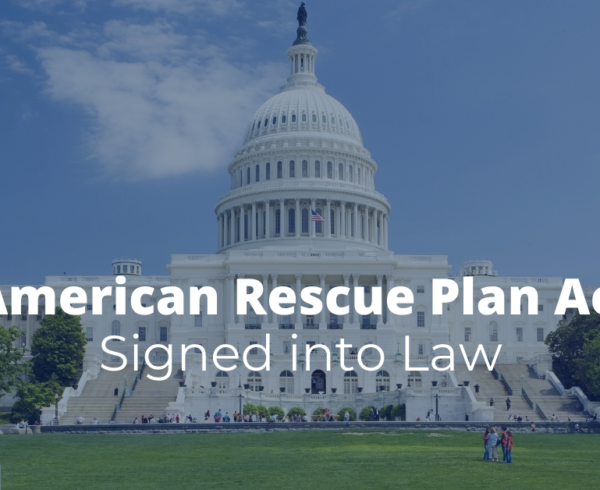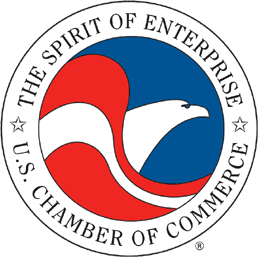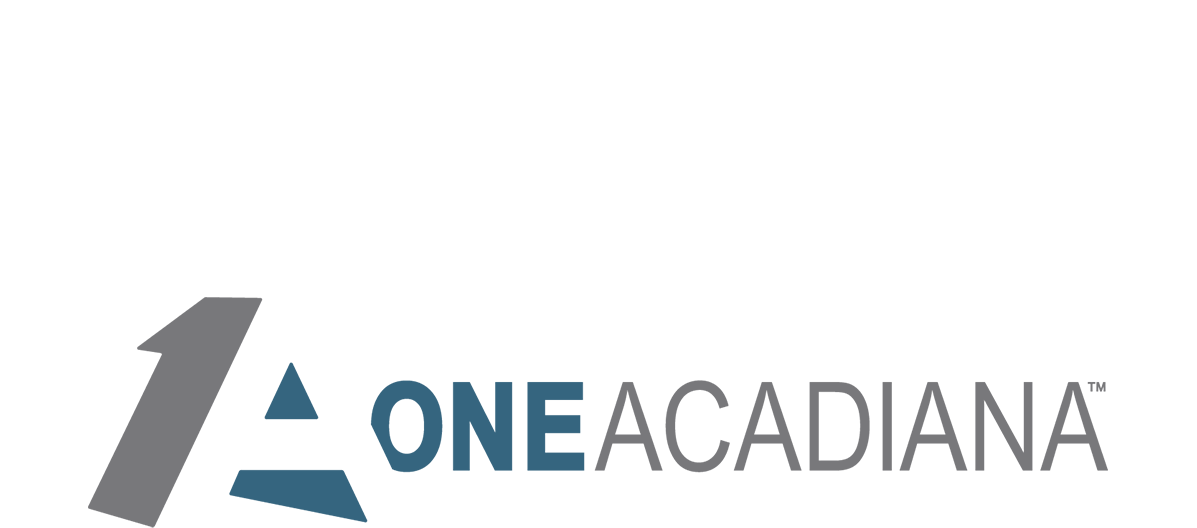Anyone from a church to a Fortune 500 company can establish a Qualified Opportunity Fund to take advantage of the Opportunity Zone program, established through the 2017 federal tax law to encourage private, long-term investments in underserved areas.
“Nearly any business can set this up, said Robert Boehringer, tax managing director of global location and expansion services with Pennsylvania-based KPMG, at a strategy workshop hosted by Louisiana Economic Development this morning.
There are three tax benefits to the program: deferral, reduction, and exclusion. For a qualified investment, capital gains taxes may be deferred until December 2026, and then may be canceled on 10% of the original investment.
Once the gain is realized, investors have 180 days to reinvest the capital into a Qualified Opportunity Fund, which must invest and hold at least 90% of its assets in an identified Opportunity Zone property. The investor could also move the cash into a Qualified Opportunity Zone Business, where the rules for use are more flexible and the business has 31 months to use the cash.
However, there are a few caveats for what kind of business can take advantage of the program. “Sin businesses” like country clubs, golf courses, massage parlors, hot tub facilities, casinos, and bars are excluded from participating, though Boehringer notes that marijuana-related companies and breweries are not specifically prohibited.
Although local governments may not directly participate, some states, such as Maryland and Ohio, have created programs to encourage participation in the Opportunity Zone program. Boehringer estimates between 10% to 15% of a project’s cost could be reduced through such programs.
The program doesn’t preclude an investor from taking advantage of other incentive programs, said David MacNamara, manager of global location and expansion services for KPMG. Benefits from programs such as low-income tax credits, TIFs, and historical building tax credits can be stacked on top of benefits from the Opportunity Zone program.
Popular investment options include university housing, technology companies, and tourism attractions.
Twenty-one projects have been identified in Louisiana for the Opportunity Zone program, according to the program web portal launched this morning by LED, and all but two projects are located in Baton Rouge. The portal will help identify and organize a pipeline of Louisiana projects for local and national investors and allows investor sponsors to download exclusive information about the projects. There are roughly 8,700 zones nationwide.
Since the program’s creation, two sets of proposed regulations have been published in the Federal Register, in October and May 2019, to help provide guidance to investors.
Don Pierson, LED secretary, says the program is especially unique because usually incentive programs are accountable, with companies either reporting how many new jobs created or retained, but the Opportunity Zone program doesn’t have that feedback loop, those involved just report straight to the IRS during tax season.
“It won’t make a bad project a good project,” Pierson says, “but it could make a good project a great project.”




